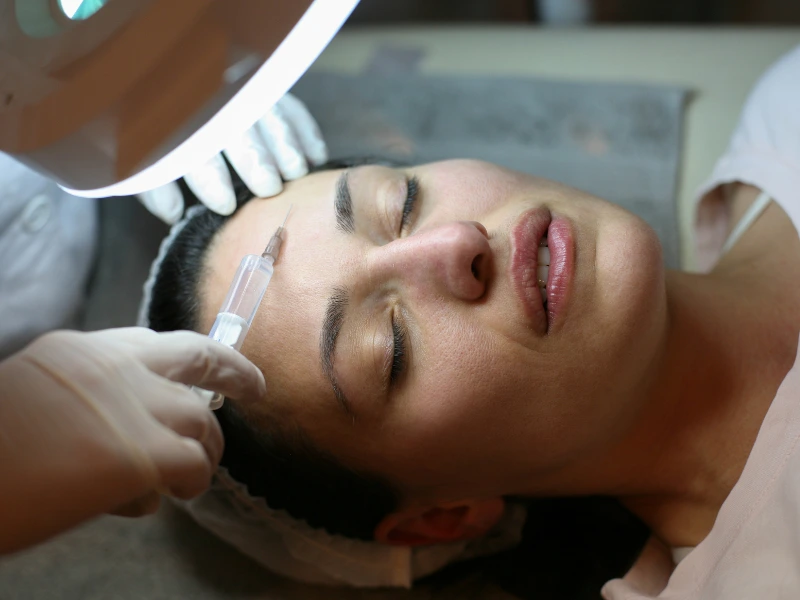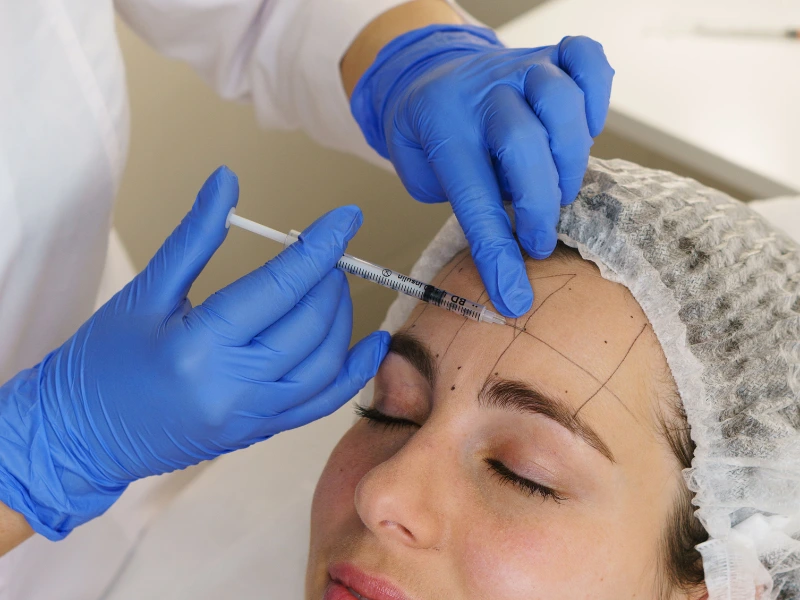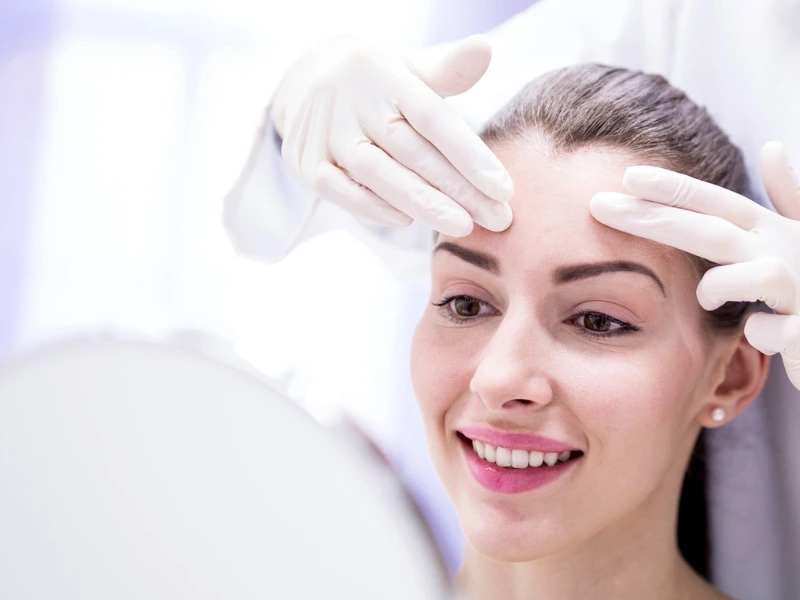
Choosing between Dysport and Botox? Both smooth wrinkles, but which suits your needs best? Get expert guidance and achieve a refreshed look.
Dysport vs Botox are two of the most popular nonsurgical forms of injectable cosmetic treatments for reducing wrinkles and fine lines. Both use botulinum toxin type A to relax facial muscles, smoothing frown lines, glabellar lines, and crow’s feet. However, their formulations, spread, and results differ.
Choosing between Botox vs Dysport depends on factors like desired results, treatment area, and longevity. While Botox works best for precise wrinkle treatment, Dysport spreads faster, making it effective for larger areas. Understanding their key differences helps in making an informed decision.
At Spade Skin Care, we provide expert guidance to help you find the best option. Let’s explore Dysport vs Botox and determine which suits your aesthetic goals.
Dysport and Botox are both injectable cosmetic treatments designed to reduce wrinkles, but they work in distinct ways. Understanding their key differences can help you decide which option best suits your needs.
Both contain botulinum toxin type A, but Botox includes protective proteins, making it more stable, while Dysport has a lighter composition, allowing it to diffuse faste
Dysport spreads quickly, making it ideal for treating larger areas like the forehead, while Botox provides more targeted wrinkle reduction in areas like crow’s feet and frown lines.
Dysport delivers visible results within 2–5 days, whereas Botox typically takes 3–7 days to reach full effect.
Both treatments last around 3–6 months, though results may vary based on muscle movement, metabolism, and skin type.
Botox vs Dysport units differ due to their concentration. Botox is typically priced per unit, costing $10–$15 per unit, while Dysport costs $4–$6 per unit. However, since Dysport units are more diluted, more Dysport units may be needed to achieve the same effect, balancing out the overall cost

Botox is an excellent choice for treating fine lines and wrinkles in specific areas like the forehead, glabellar lines, and crow’s feet. It works by blocking nerve signals, preventing muscle contractions that lead to wrinkle formation.
This process helps smooth existing lines while preventing new ones from deepening. Results typically appear within 3–7 days and last around 3–6 months, making it a reliable option for long-term wrinkle reduction. Due to its precise control, Botox is the preferred treatment for targeting small, well-defined areas, ensuring natural-looking and refined facial rejuvenation.

Dysport spreads quickly, making it an excellent choice for treating larger areas like the forehead and frown lines. Its broader diffusion allows for a more natural, seamless effect, smoothing out wrinkles more evenly.
Many patients notice results sooner than Botox, often within 2–5 days, making it a great option for those seeking faster improvements. The ability to blend smoothly into surrounding areas makes Dysport a preferred treatment for individuals wanting a softer, more natural look while still reducing fine lines and wrinkles.
When Dysport compared to Botox, the biggest difference is in diffusion. Botox offers precise wrinkle treatment, while Dysport is better for smoothing larger facial areas. The choice between Botox or Dysport depends on individual needs and desired results. A consultation with an expert ensures the best option for wrinkle reduction and facial rejuvenation.
Comparing Dysport vs Botox before and after images of these areas helps patients see how each injectable performs on different facial muscles and desired wrinkle reduction goals.

The cost of Dysport vs Botox depends on units required, treatment areas, and provider expertise.
On average, Botox costs $10–$15 per unit, while Dysport costs $4–$6 per unit. However, Dysport vs Botox units differ, meaning more Dysport units may be necessary for the same wrinkle treatment.
For wider areas like the forehead, Dysport may be more cost-effective. For smaller, targeted areas, Botox can be a better value. A professional consultation helps determine the most budget-friendly option for your needs.

When choosing between Dysport vs Botox, it’s essential to understand the benefits and drawbacks of each treatment. Both injectables effectively reduce wrinkles, but they have unique advantages and limitations.
Both Dysport and Botox are FDA-approved and considered safe when administered by a trained professional. However, like any injectable cosmetic treatments, mild side effects can occur.
Most side effects are mild and temporary, typically resolving within a few days. If concerns persist, consult your provider for guidance.
It depends on the treatment area and desired outcome. Dysport spreads faster, while Botox offers more precise wrinkle reduction for smaller areas.
Both contain botulinum toxin sensitivity type A, but Dysport has a more diluted formula, making it spread faster than Botox in larger areas.
Botox is best for targeted areas like crow’s feet, while Dysport is ideal for treating larger wrinkles, such as forehead lines.
Both treatments last around 3–6 months, but individual results vary based on metabolism, muscle activity, and skin type.
Both are FDA-approved and safe when administered by a qualified provider with expertise in injectable treatments.


Both Botox and Dysport offer effective wrinkle treatment based on individual needs. Dysport spreads faster, making it great for wider areas, while Botox is precise, perfect for targeted lines.
A good candidate for either treatment is someone looking for natural-looking wrinkle reduction, improved facial symmetry, and long-lasting anti-aging effects.
At Spade Skin Care, we create customized treatment plans to help you achieve your desired results. Book a consultation today and find out whether Dysport or Botox is right for you!
© 2025 Spade Skincare & More | All rights reserved.